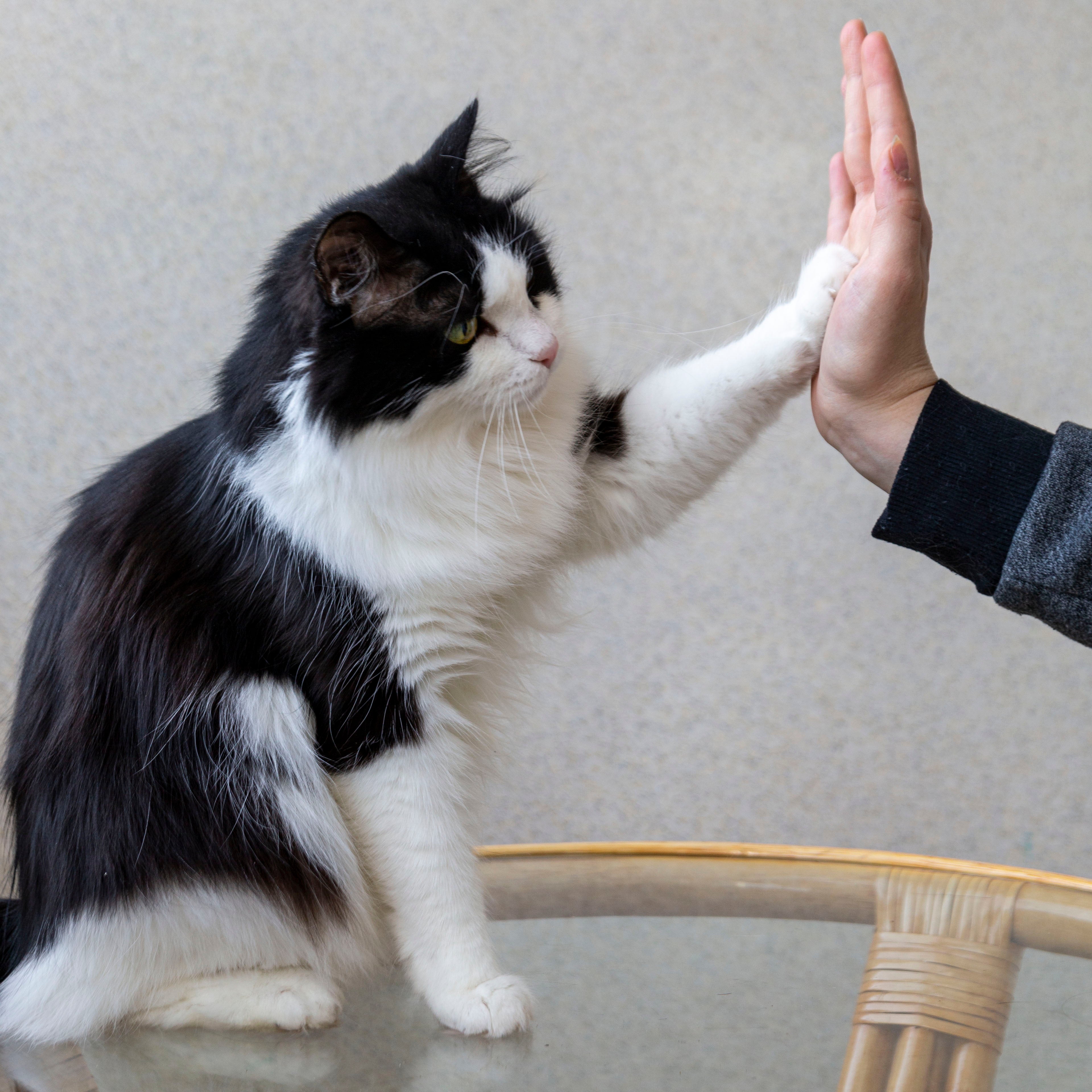Introduction:
Before embarking on the journey of training your cat, it is crucial to understand their nature and behavior. Cats are independent and curious creatures that value their freedom and personal space. While they may not be as obedient as dogs, they can still learn specific behaviors and adapt to certain rules. In this article, we will explore the importance of understanding cat behavior, discovering what motivates them, and creating a positive training environment that fosters effective communication between you and your feline companion.

Paragraph 1:
The Independent Nature of Cats Cats have a reputation for being independent animals. They prefer to have control over their environment and may not respond to commands in the same way dogs do. Understanding and respecting their need for personal space and freedom is crucial when training them. Embrace their independence while working towards desired behaviors.
Paragraph 2:
Learning Your Cat's Motivations Every cat is unique, and what motivates one may not work for another. Understanding your cat's preferences, such as treats, toys, or playtime, will help you identify the most effective rewards during training sessions. Observe their behavior and experiment with different incentives to discover what drives them and keeps them engaged.

Paragraph 3:
Creating a Positive Training Environment Positive reinforcement is key to successful cat training. Here are some tips for creating a positive training environment:
- Patience and calmness: Cats can sense your emotions, so maintaining a calm and patient demeanor during training sessions will help them feel more comfortable and receptive to learning.
- Short training sessions: Cats have shorter attention spans compared to dogs, so keep training sessions brief, around 5 to 10 minutes, to prevent them from becoming bored or overwhelmed.
- Use treats and rewards: Positive reinforcement through treats, praise, or playtime encourages your cat to associate desired behaviors with positive outcomes. Find the treats your cat loves and use them as rewards during training.
- Consistency and repetition: Consistency is key when training cats. Repeat the training exercises regularly to reinforce desired behaviors and help your cat understand what is expected of them.

Paragraph 4:
Feline Communication and Body Language Understanding feline communication and body language is crucial for effective training and building a strong bond with your cat. Pay attention to their tail position, ear posture, vocalizations, and overall body language to gauge their emotions and intentions. This will help you adjust your training techniques accordingly and ensure clear communication.
Paragraph 5:
Adapting Training Techniques to Your Cat's Personality Every cat has a unique personality, and what works for one may not work for another. Be flexible and adaptable in your training methods to suit your cat's individual needs and preferences. Some cats may respond better to clicker training, while others may prefer verbal praise or physical affection. Experiment and find the techniques that resonate with your cat.

Conclusion:
Understanding the nature and behavior of cats is essential for successful training and effective communication. Embrace their independent nature, discover what motivates them, and create a positive training environment based on rewards and play preferences. Pay attention to feline communication and adapt your training techniques to suit your cat's personality. With patience, consistency, and a deep understanding of your cat, you can establish a strong bond and achieve desired behaviors through positive training methods.



Leave a comment
All comments are moderated before being published.
This site is protected by hCaptcha and the hCaptcha Privacy Policy and Terms of Service apply.